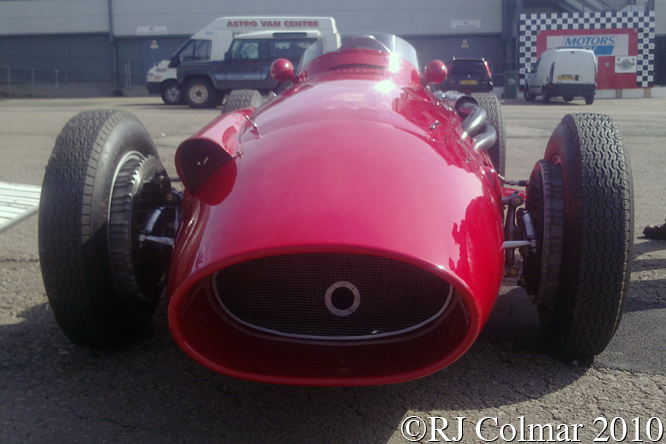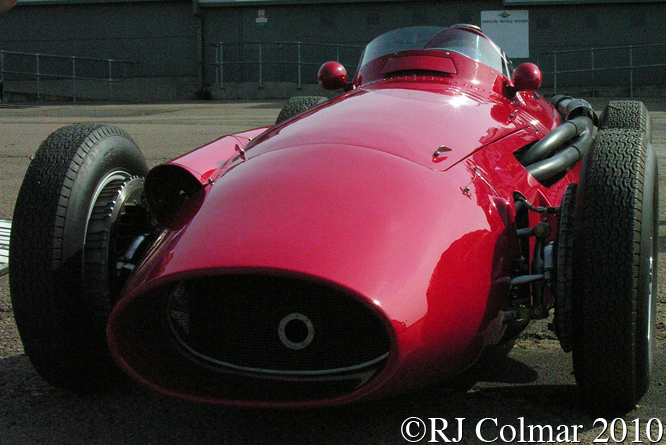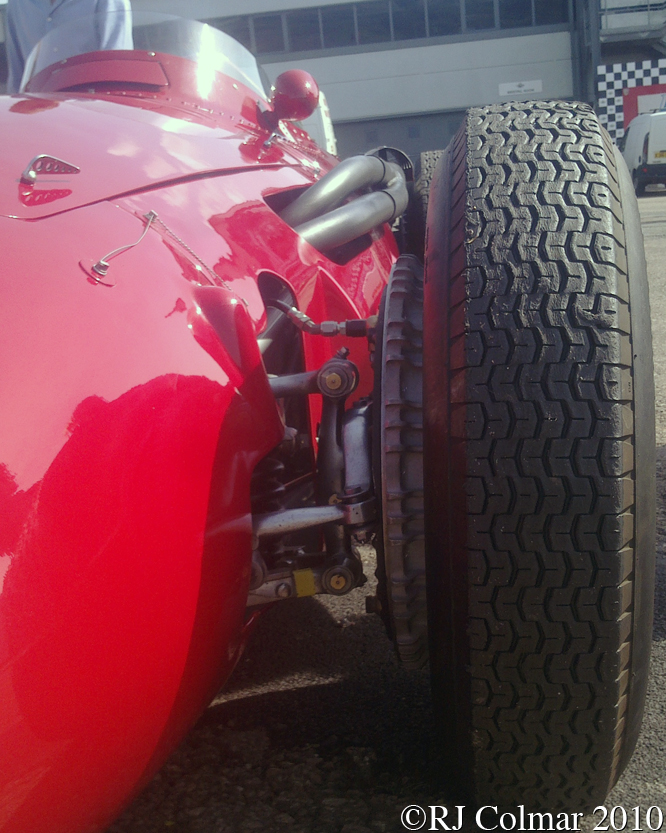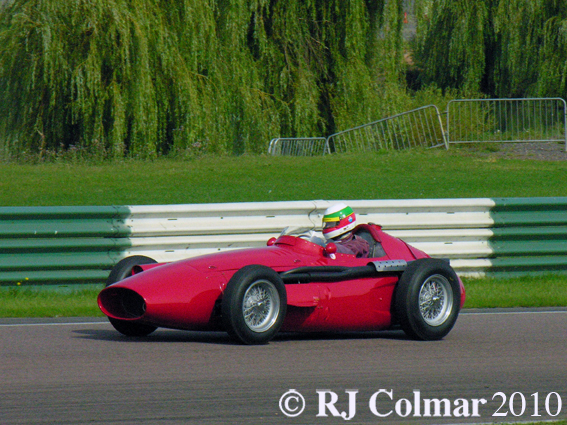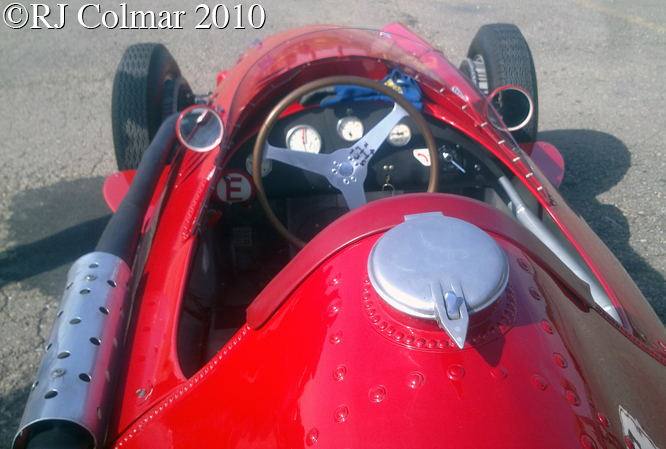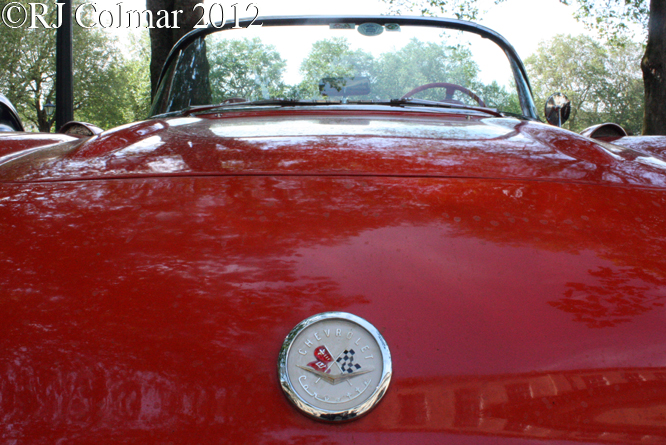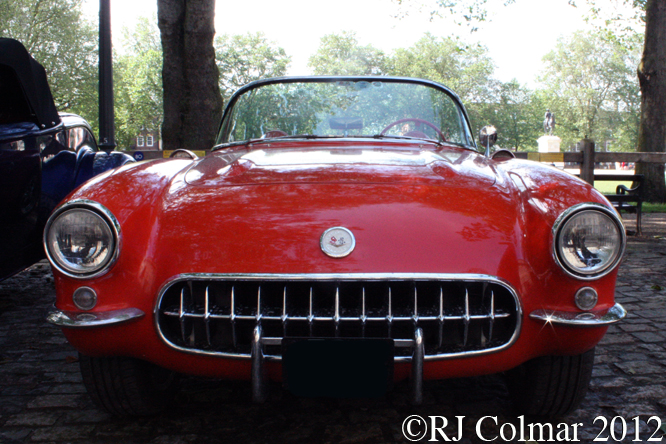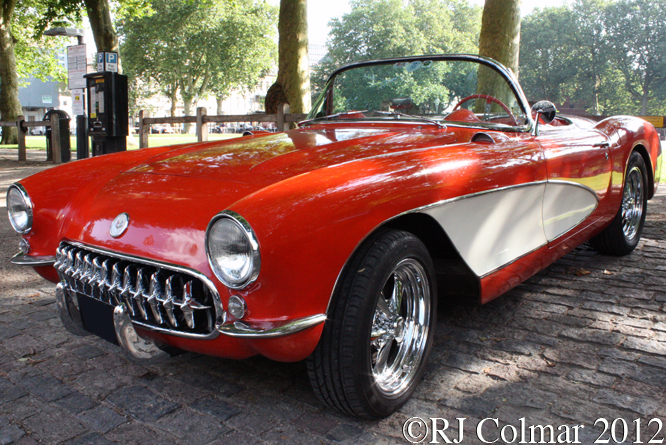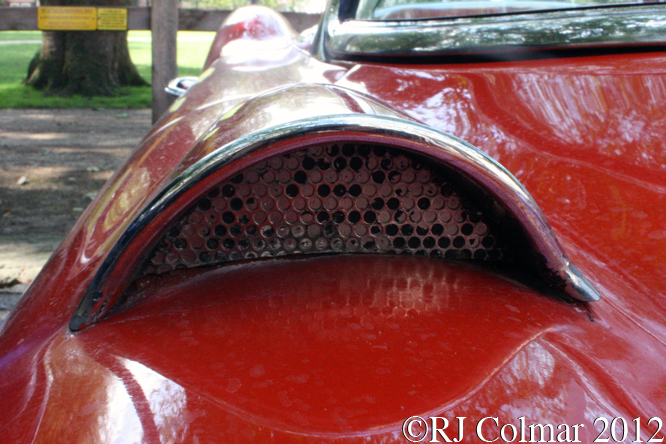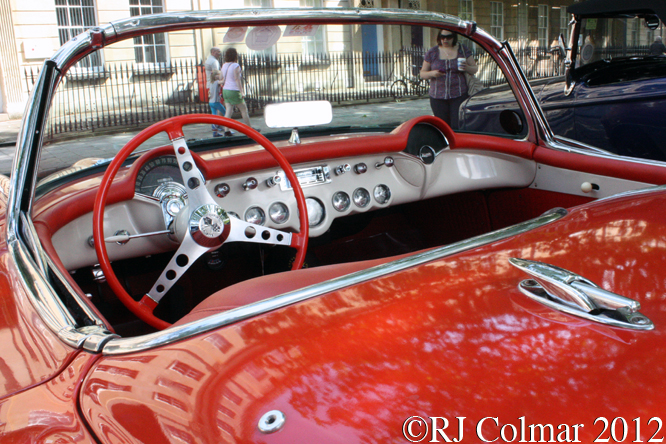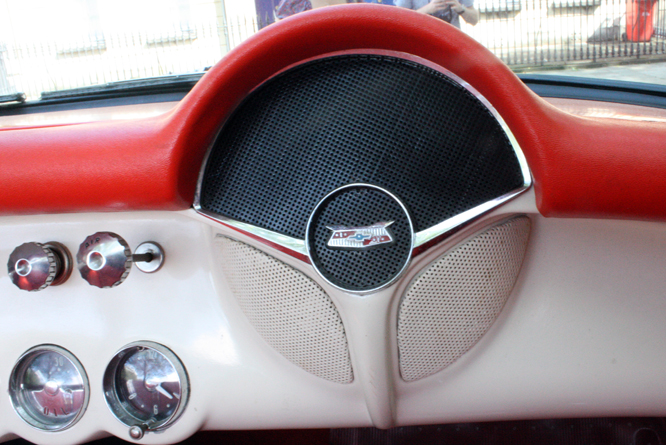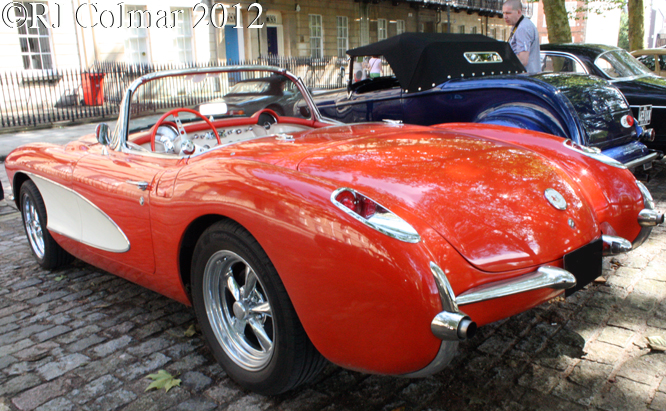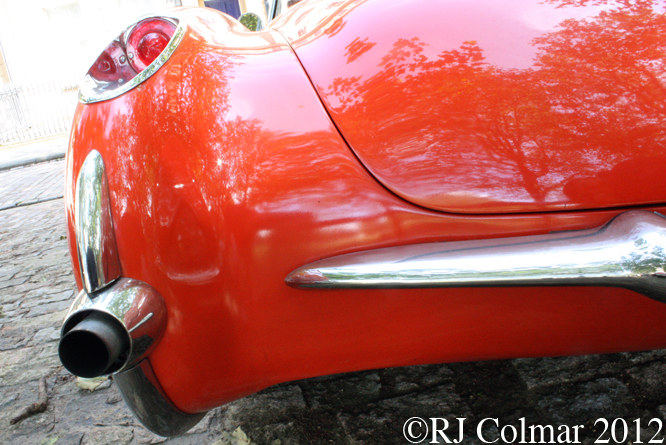After Mark Donohue drove his Penske PC1 to a 5th place finish in the 1975 Swedish Grand Prix Roger Penske, forever pursuing an unfair advantage, gave Geoff Ferris the go ahead to build a new car and ordered a March 751 for Mark to drive in the interim.

Mark finished 5th from 15th on the grid in the March on it’s debut at the 1975 British Grand Prix, retired with a damaged tyre on lap 1 of the German Grand Prix and then succumbed to injuries received from an accident during practice for the Austrian Grand Prix.
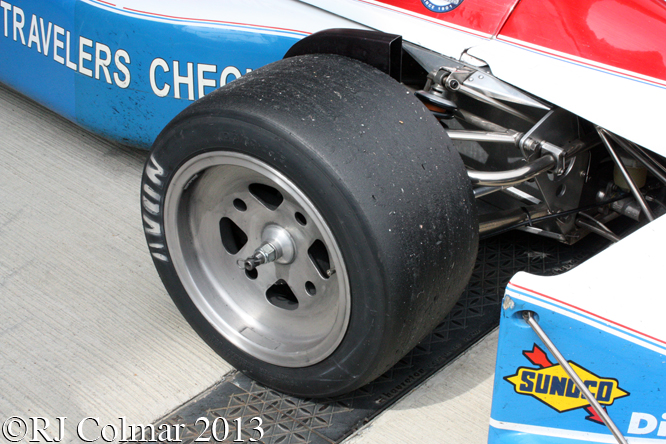
Skipping the Italian Grand Prix Penske returned to the fray at the 1975 United States with today’s featured car the Penske PC3 chassis #PC3/01 and John Watson as his new driver.
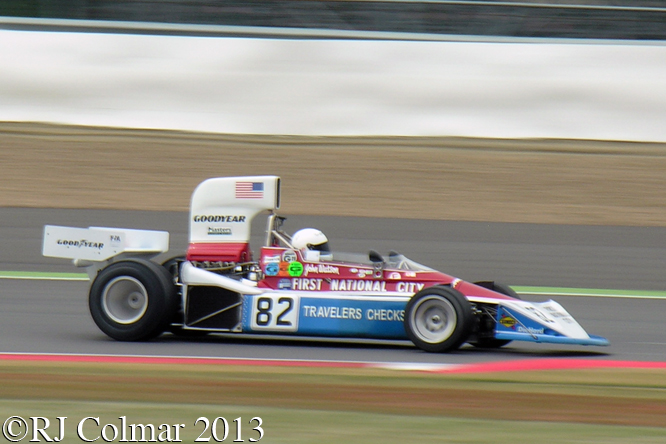
With it’s shovel nose the 3 litre / 183 cui Cosworth V8 powered PC3 bears some resemblance to the March 751 which Mark crashed in Austria however it retained the rear suspension layout of the PC1, and was, aside from it’s tall airbox, fully compliant with new regulations that would be mandated from May 1976.
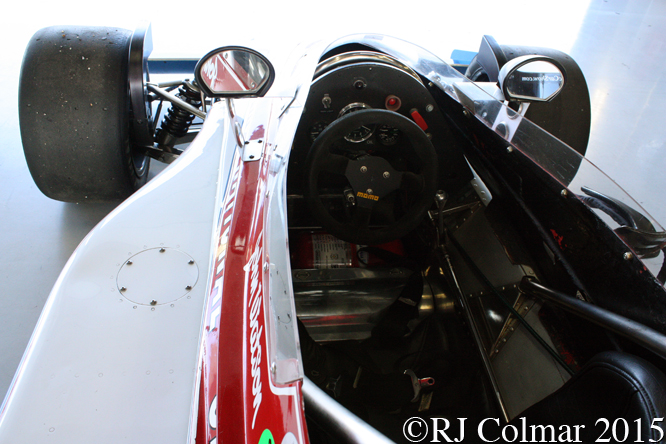
John qualified 12th for the 1975 US Grand Prix, but after a misfire was detected swapped over to take the start of the race in the older PC1 in which he finished 9th.
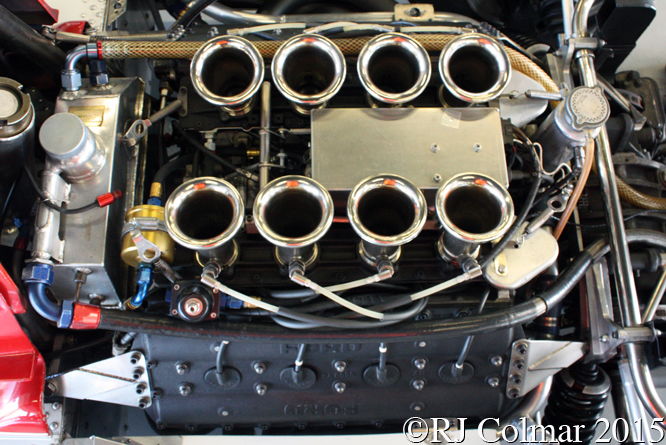
#PC3/01 was raced on four occasions in 1976 with John scoring the models best finish in South Africa with a fifth place finish from 3rd on the grid.
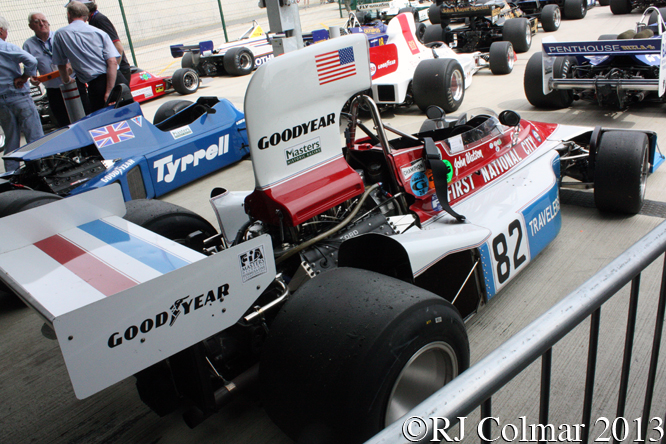
But even as the team was celebrating it’s improved qualifying form Geoff was working away on the new PC4 which made it’s debut at the 1976 Swedish Grand Prix.
Unlike #PC3/01 the second PC3 #PC3/02, in which John retired from each of his three starts, was immediately sold on and had a second career in the 1976 and 1977 British Shellsport Group 8 Championships, Derek Bell drove the car to a win at Oulton Park in April 1977.
Today’s featured car is seen at a recent Silverstone Classic meeting with Chris Drake at the wheel.
Thanks for joining me on this “Pursuing The Unfair Advantage” edition of “Gettin’ a li’l psycho on tyres” I hope you will join me again tomorrow when I’ll be looking at a Volvo powered Marcos. Don’t forget to come back now !


